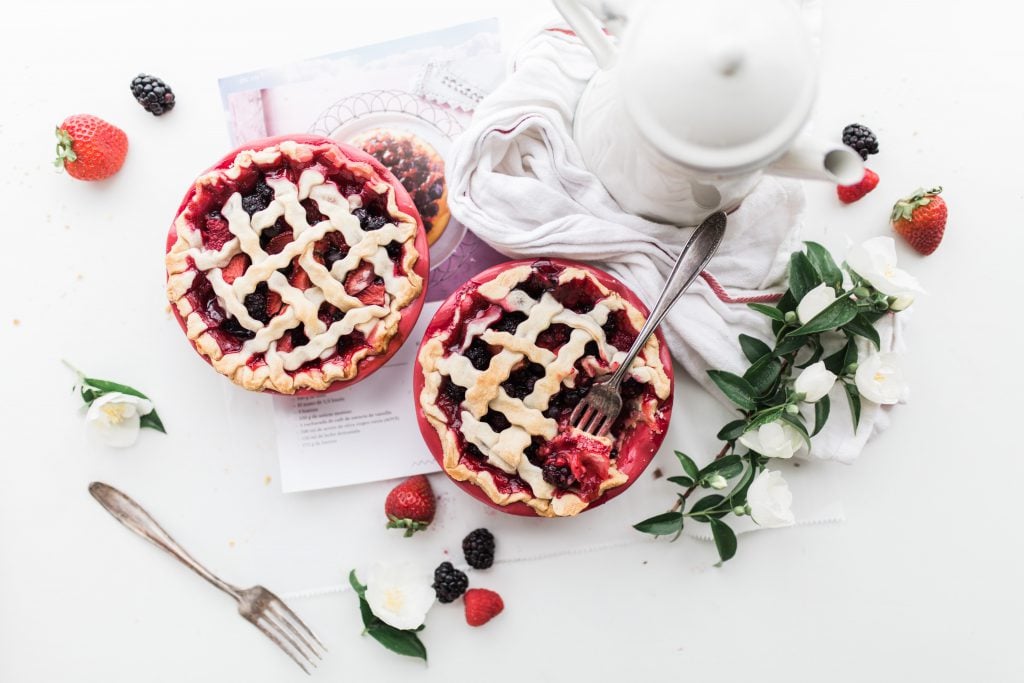 Image by Brooke Lark
Image by Brooke Lark
In Teaching Literature In The Context Of Literacy Instruction, coauthors Chadwick and Grassie explore how the familiar literature we love can be taught in a way that not only engages students but does so within the context of literacy instruction, reflecting the needs of today’s classrooms. In part one of our blog series, the authors suggest how making pie connects to the work being done today by ELA specialists.
Last week Jocelyn and John wrote: "our teaching as ELA specialists reminds me often of pie-making, real pie-making—the “from scratch” kind." This week the authors break down the preparation and plan and purpose:
P: preparation and plan and purpose
I: instruction
E: engagement
P: preparation and plan and purpose:
Before we can begin mixing, stirring, and measuring, we must plan; we must have our mise-en-scène. How we present and share texts, arrange the environment, “set” the environment, listen to our students, hear their voices, feel and interpret their moods and intonations and expressions, divest ourselves of codifications or stereotypes, create activities—all must combine to move forward our instructional purpose.
As a profession, we have been inundated with all sorts of professional development (PD)—both effective and ineffective. But, we also benefit from sharing and learning from each other, and we must continue to foment this kind of PD. Technology boosts this kind of PD, offering amazing collaborations and workshops that provide immediacy and consistency not heretofore possible. John and I often use web platforms to engender sustained and entirely collaborative planning and preparation with teachers and, increasingly, with students. Relying on this type of preparation, we can introduce, discover, explore, and share resources that complement and enhance assigned texts—primary, secondary, visual and aural arts. We find this approach keenly useful, especially since we have access to, have researched, and have used resources, databases, and ancillary materials, which teachers and students may not have the time, resources, or access to locate.
♦ ♦ ♦ ♦
In the next part of this series, the authors will dig deeper into the ingredient of P.I.E. Join the authors for a Twitter chat on Thursday – September 29 at 8pm eastern. The authors will focus on the core elements of ELA instruction: planing and preparation, instruction, and engagement, using literature as the foundational anchor.
♦ ♦ ♦ ♦


Jocelyn A. Chadwick has been an English teacher for over thirty years—beginning at Irving High School in Texas and later moving on to the Harvard Graduate School of Education where she was a professor for nine years and still guest lectures. Dr. Chadwick also serves as a consultant for school districts around the country and assists English departments with curricula to reflect diversity and cross-curricular content. For the past two years, she has served as a consultant for NBC News Education's Common Core Project for Parents, ParentToolkit. In June 2015, Chadwick was elected Vice President for the National Council of Teachers of English.
John Grassie is a veteran broadcast journalist, with more than 25 years’ experience producing news coverage, program series, and documentaries for Public Television, NBC News, and Discovery. During his broadcast career, Grassie’s work received numerous awards for excellence in journalism.


